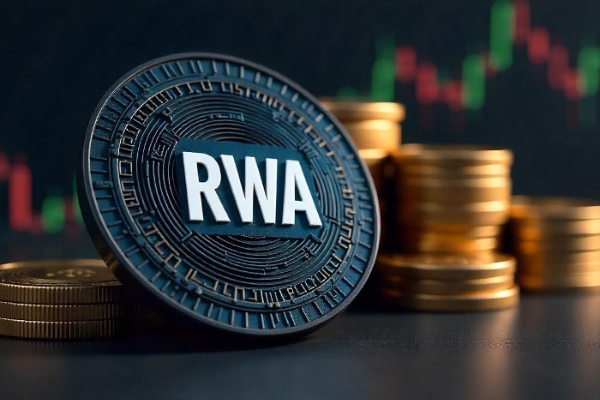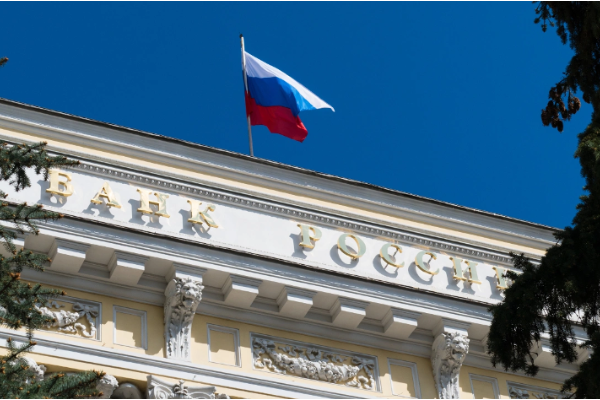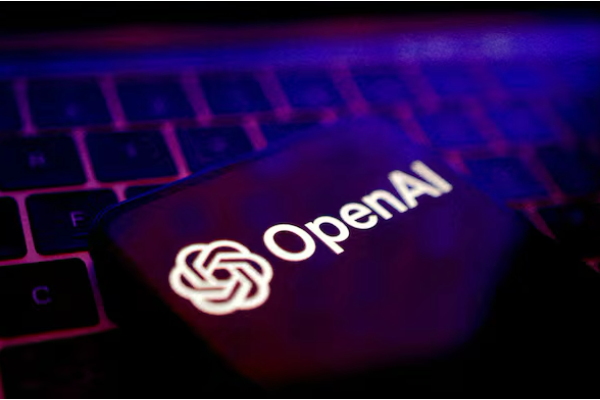Researcher proposes to increase Ethereum's gas limit 100 times in 4 years

Ethereum mainnet’s gas limit could theoretically grow 100-fold, to 2,000 transactions per second, according to a new Ethereum Improvement Proposal (EIP) proposed by Ethereum Foundation researcher Dankrad Feist.
Feist, the name behind the blockchain’s “danksharding” data storage scheme, proposed EIP-9698 on April 27 that would introduce a “deterministic gas limit growth schedule” at epoch 369017 (around June 1).
The proposal would gradually increase the gas limit by a factor of 10 over about two years, or 164,250 epochs, before a final 10-fold increase.
Feist said Ethereum clients would need to vote on the proposal for it to go into effect.
“By making a predictable exponential growth model the client default, this EIP encourages a sustainable and transparent gas limit trajectory that is consistent with expected hardware and protocol efficiency gains,” he added.
Ethereum currently occasionally reaches 20 transactions per second (TPS) in blocks dominated by simple transactions. If the gas cap is increased 100 times, Ethereum's TPS could theoretically be increased to 2,000. Feist's proposal would allow Ethereum to better compete with the likes of Solana, which currently processes between 800 and 1,050 non-voting transactions per second, with a theoretical TPS of 65,000.
The EIP proposal would increase the current 36 million gas cap to 3.6 billion, which could allow Ethereum blocks to accommodate about 6,000 transactions.
Feist made the new proposal in February after Ethereum validators agreed to increase the gas cap from 30 million to 36 million.
Prior to this, the last adjustment to Ethereum's gas cap occurred during the London hard fork in August 2021, when the value roughly doubled from 15 million to 30 million.
Feist acknowledged that a rapid increase in the gas cap under his proposal could put pressure on less optimized nodes and increase block propagation time.
"However, each epoch is on an exponential schedule with very gradual increments, providing node operators and developers ample time to adapt and optimize," he said.
EIP-9698 marks the latest effort by the Ethereum community to improve base layer scalability after focusing primarily on scaling through layer 2 solutions in recent years.
Critics of Ethereum's focus on layer 2 argue that this approach has fragmented the ecosystem into several independent chains with poor interoperability, resulting in a poor user experience.
EIP-9678 looks at increasing the gas limit
Ethereum developers also plan to test a 4x gas limit increase under EIP-9678 in the Fusaka hard fork.
Fusaka could go live by the end of 2025, while Ethereum's next major upgrade, Pectra, is scheduled to go live on the mainnet in May.









